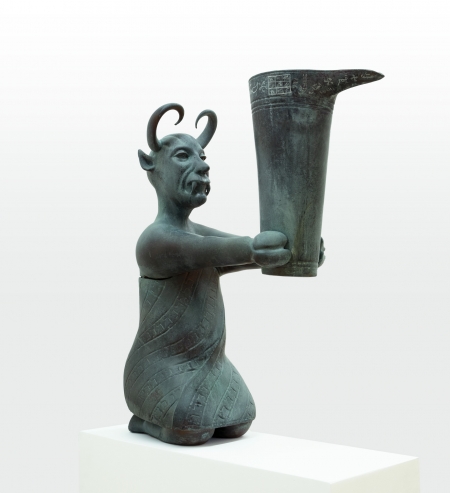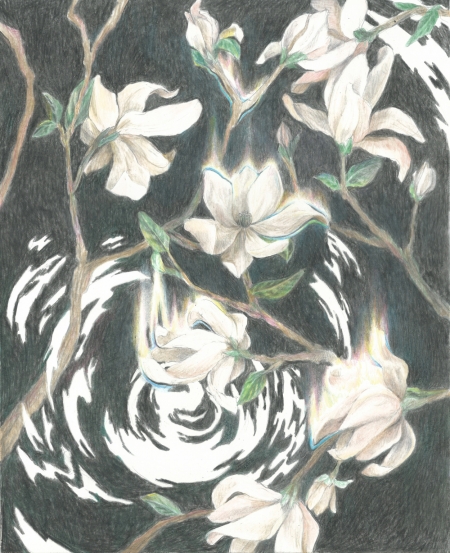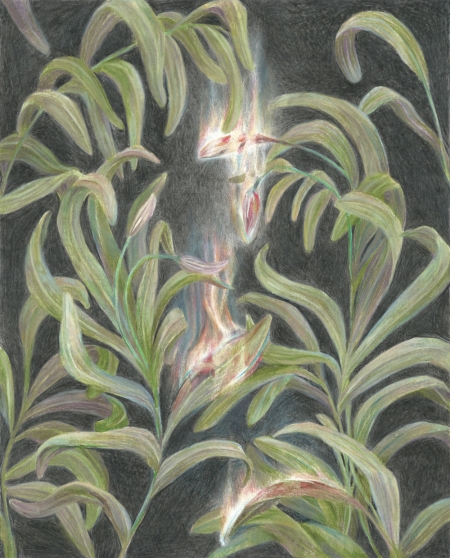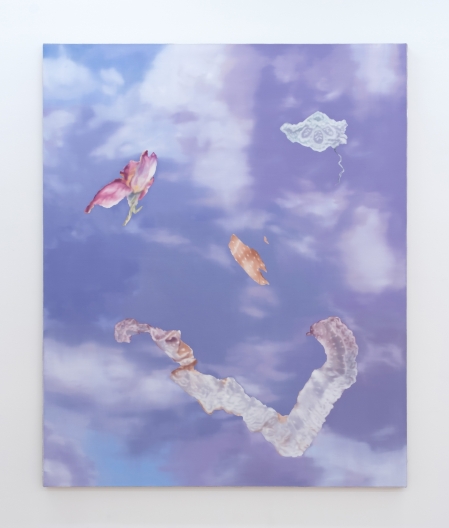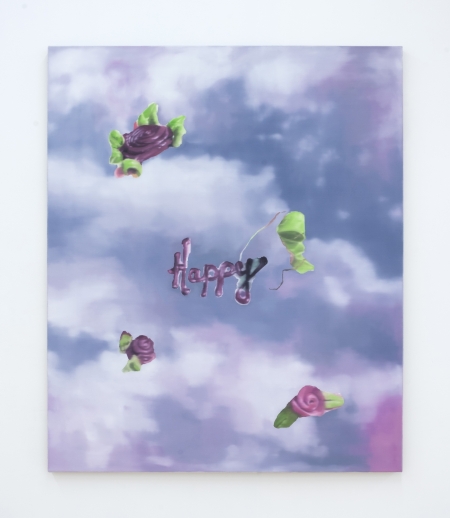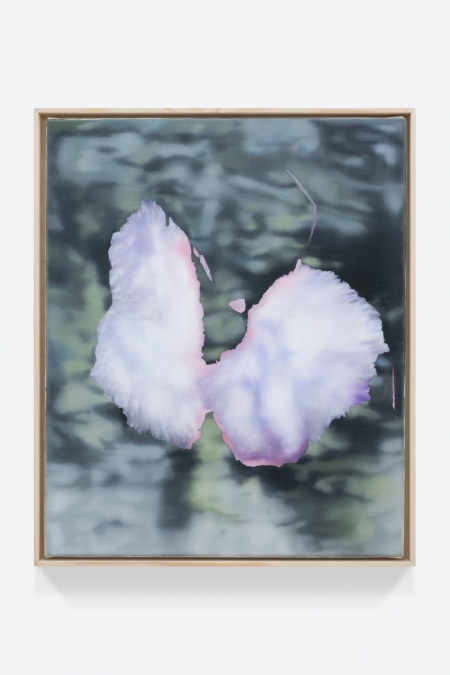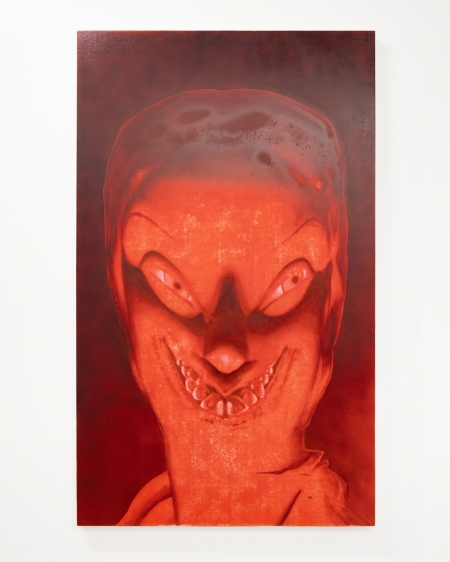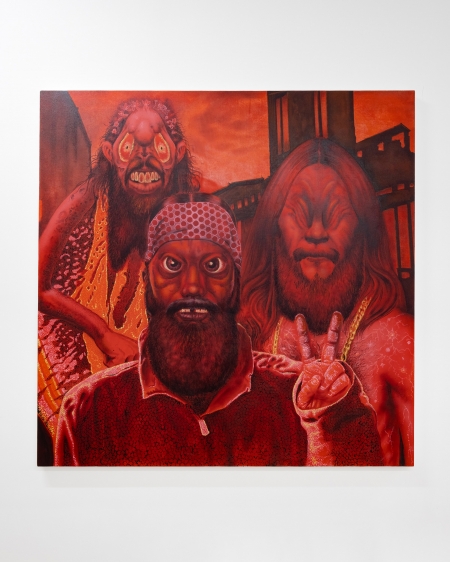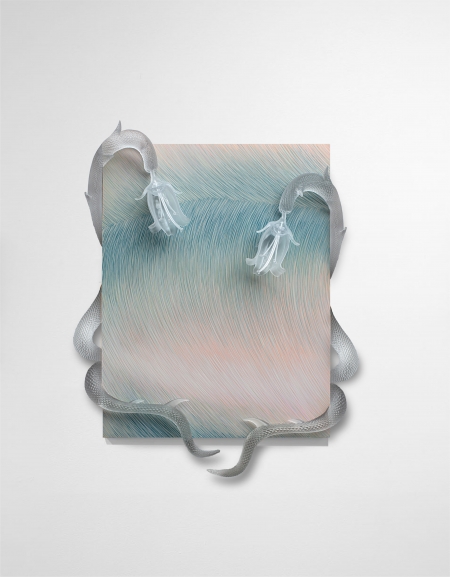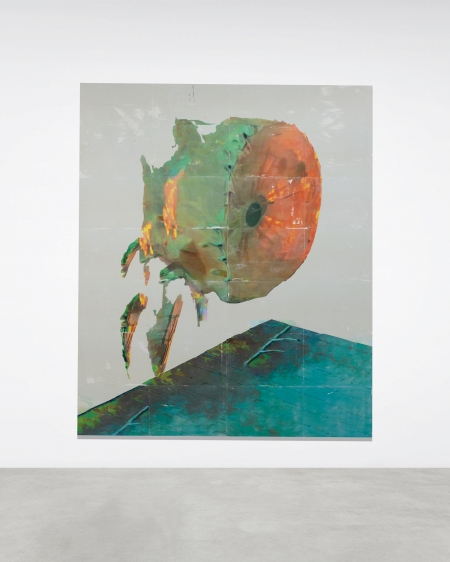Menu
For the 2022 edition of NADA Miami, Management, in collaboration with Fragment Gallery, will present the work of Morehshin Allahyari, Jimmy Beauquesne, Tim Brawner, Ilya Fedotov-Fedorov, Martina Grlić, Anastasia Komar, and Vladislav Markov.
Emergent from a contemporary generation of Post-Soviet artists, Ilya Fedotov-Fedorov, Anastasia Komar, and Martina Grlić together reveal an aesthetic concerned with the fundamentally fractured, foreign, or fragmentary nature of their intimate, subjective, human experience. Combining an extra-anthropological approach to our contemporary Anthropocene, along with surrealist formal strategies, recent exile Ilya Fedotov-Fedorov’s drawings and sculptures manifest a palpable ‘Otherness’ through sinewy, primordial, grotesque bodies or dystopian, at times technocratic, primitive scenescapes. Maintaining this concern for the corporeal, Anastasia Komar, an architect by training, renders materialist and deeply tactile paintings complemented by resin-based relief elements, manifesting deconstructed haptics of skin and an isolated symbolism of the surface. Meanwhile, Martina Grlić’s paintings explore memory and displacement in her Hypermnesia series, marked by highly saturated forms, taken from personal archives, marooned on an indistinct background as unreliable signifiers of intimate recollection. Emerging from a childhood spent under Yugoslavia’s socialist state oppression, Grlić’s figures reveal the intimate effects of a national project of erasure wherein all the remains, as Valerie Mindlin states in Artforum, is “the personal narrative amid this blurring [...] ultra-lucid fragments of utter triviality [...] always in danger of dissolving back into indefiniteness.”
The dystopic panoply of narrative and myth is also present in the work of American-born Tim Brawner, whose graphic, virtuously rendered paintings present a degenerate-populated mise-en- scene, revealing the fundamentally absurd nightmare at the heart of our contemporary experience. Further, Jimmy Beausquesne, in exquisite tableaux, sublimates this terror into a melancholic act of recuperation in a post-internet era; grand narratives may be lost and the contemporary moment fundamentally dystopian, marked by profound desperation and socio-economic division, but like Grlić, attempting to recover shards of experience as much fantasy as memory, Beausquense finds salvation at the limits of drawing, or what is left of the manual, far from/never far from the metaverse. Conversely, Morehshin Allahyari, instead of critiquing the influence of technology, uses technological, experiential media to redress ideologically driven historical wrongs or to re-interpret mythological texts from her native Iran, harnessing at once the power of narrative and technology to de-colonize both. Not unlike Allahyari, Vladislav Markov’s work is rooted in a place of personal lived history and introspection, but is instead occupied primarily with the subversion of perception by a process of decontextualization, imbuing a material “Otherness” to common objects in stripping them of their functions, associations, and histories, deconstructing and reconstructing them via similar digital processes.
